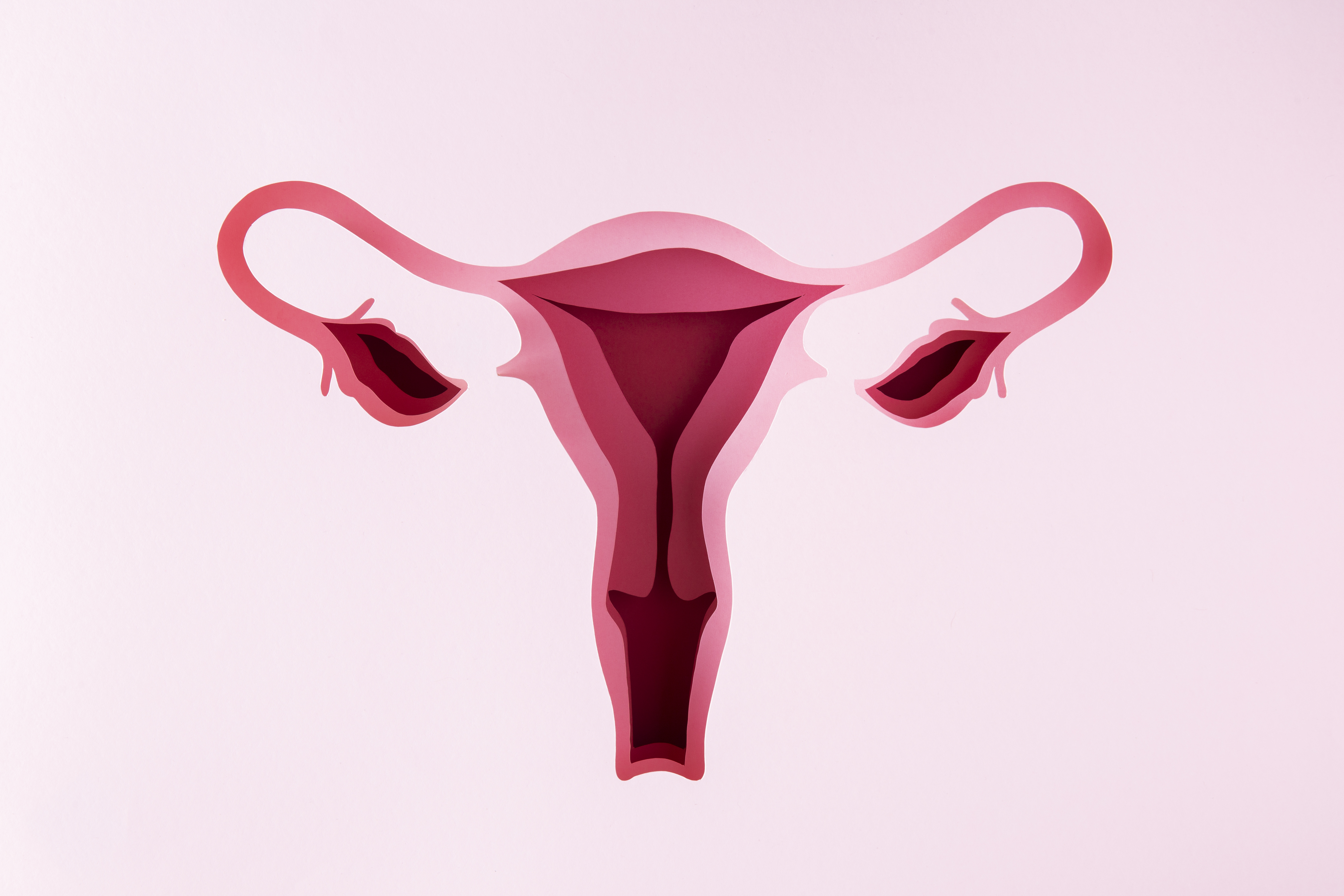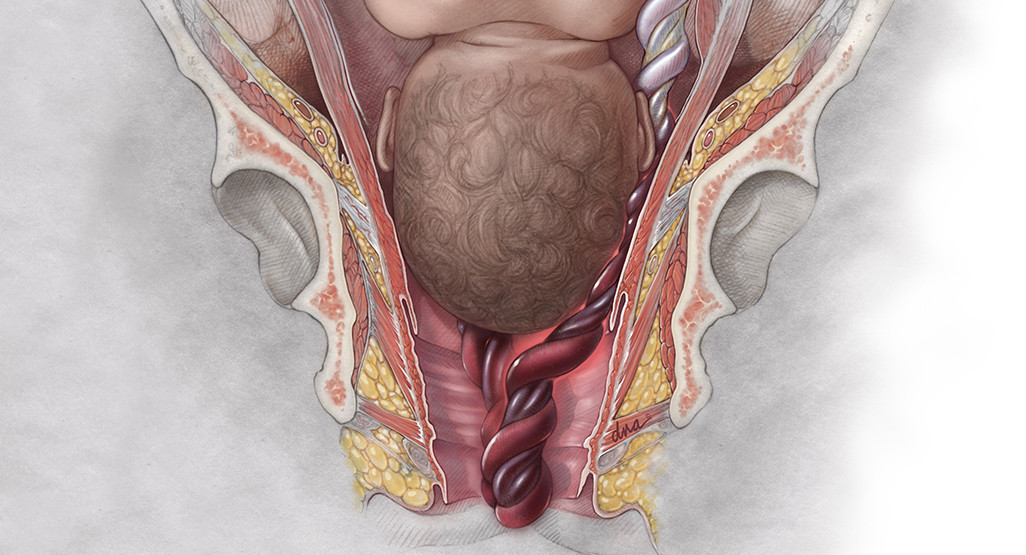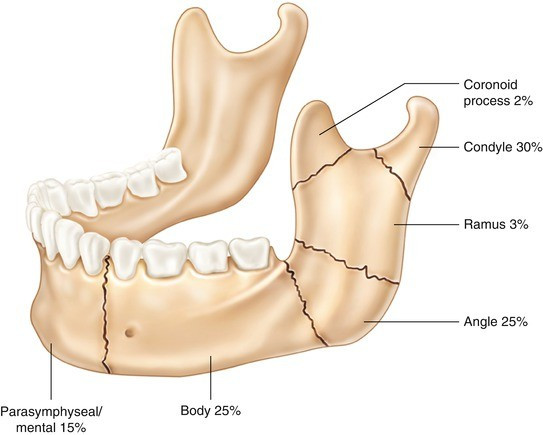Definisi
Trauma kandung kemih merupakan kegawatdaruratan sistem saluran urine yang termasuk jarang terjadi. Trauma kandung kemih terbagi menjadi beberapa kategori yakni:
- Cedera ekstraperitoneal, terdapat robekan di bagian bawah atau samping kandung kemih, yang membuat urine bocor ke jaringan di sekitar kandung kemih.
- Cedera intraperitoneal, terdapat robekan di atas kandung kemih dan membuat urine bocor ke dalam perut.
- Kombinasi antar keduanya
Ketiga jenis cedera di atas memiliki terapi yang berbeda.
Urine yang bocor dari kandung kemih dapat memicu infeksi pada bagian perut. Walaupun termasuk jarang, angka kejadian trauma kandung kemih mencapai 10% dan dapat menimbulkan kecacatan serta kematian yang signifikan untuk penderitanya. Karena kasus ini termasuk dalam kegawatdaruratan, maka diperlukan tindakan yang cepat dan tepat agar dapat tertangani dengan baik.
Penyebab
Trauma kandung kemih disebabkan oleh berbagai penyebab, seperti:
- Tekanan langsung ke kandung kemih yang mengganggu kelangsungan organ panggul
- Cedera tajam dan luka tusuk
- Cedera iatrogenik (yang disebabkan oleh alat dan tindakan medis)
- Tindakan operasi pada daerah panggul dan selangkangan
- Operasi kandungan pada wanita yang tidak dilakukan secara hati-hati
- Pemasangan kateter yang tidak sesuai
Pada sebagian besar kasus, trauma kandung kemih selalu diikuti dengan kondisi patah tulang panggul (fraktur pelvis) yang melindungi organ saluran kemih dan genital.
Kecelakaan kendaraan bermotor juga berkontribusi sebagai penyebab tersering dari kasus trauma kandung kemih. Luka umumnya terjadi ketika kandung kemih dalam keadaan penuh dan korban menggunakan sabuk pengaman yang kencang. Gaya yang dihasilkan dari kecelakaan umumnya cukup besar dan bisa menekan kandung kemih, sehingga terjadi cedera.
Faktor Risiko
Ada beberapa faktor yang dapat meningkatkan risiko terjadinya trauma kandung kemih, yaitu:
- Terlibat dalam perilaku berisiko saat berkendara seperti mengebut
- Terjatuh dari tempat tinggi
- Riwayat pembedahan pada bagian panggul (hernia, pengangkatan rahim, operasi caesar)
- Riwayat memasukkan benda–benda ke dalam uretra
- Riwayat pemasangan selang urine (kateter) yang tidak sesuai
Gejala
Layaknya kegawatdaruratan sistem kemih dan genital lainnya, trauma kandung kemih dapat menimbulkan gejala sebagai berikut:
- Nyeri perut bagian bawah
- Memar dan luka pada lokasi cedera
- Terdapat darah dalam urine (hematuria)
- Kesulitan untuk mulai buang air kecil atau tidak mampu mengosongkan kandung kemih
- Kebocoran urine ke bagian dalam perut atau di area dekat kandung kemih
- Nyeri saat buang air kecil
- Nyeri panggul
- Pancaran urine yang lemah dan kecil
- Perubahan bentuk perut seperti membengkak (distensi abdomen)
Terkadang juga pasien merasakan adanya demam dan nyeri punggung yang luar biasa. Namun, karena penyakit ini adalah kegawatdaruratan pada sistem saluran kemih, maka tanda-tanda darurat di bawah ini juga harus diperhatikan:
- Penurunan kesadaran
- Peningkatan nadi atau nadi mulai teraba lemah
- Penurunan tekanan darah
- Kulit pucat, berkeringat, dan terasa dingin
Diagnosis
Dalam mendiagnosis penyakit ini, dokter akan mengevaluasi keadaan umum pasien, apakah pasien dalam keadaan stabil atau tidak. Bila tidak stabil, dokter akan memeriksa vital pasien dan menghentikan perdarahan bila perdarahan masih berlangsung. Setelah pasien dalam keadaan stabil, dokter akan melakukan wawancara, pemeriksaan fisik, dan pemeriksaan penunjang. Pemeriksaan akan dilakukan oleh dokter umum dan akan dirujuk ke dokter spesialis bedah urologi untuk tatalaksana lebih lanjut.
Dokter akan mewawancarai pasien bila pasien dalam keadaan sadar, atau bertanya pada pengantar pasien. Biasanya dokter akan bertanya mengenai:
- Riwayat cedera dan mekanisme cedera
- Riwayat buang air kecil
- Tingkat nyeri yang dirasakan
- Riwayat pemasangan alat medis sebelumnya
Kemudian, dokter akan melakukan pemeriksaan fisik secara menyeluruh mulai dari kepala sampai kaki, memeriksa tanda vital seperti laju nafas, nadi, dan tekanan darah. Dokter juga akan melakukan inspeksi dengan berfokus pada bagian perut dan panggul untuk mengecek bila terdapat hal-hal berikut pada pasien, seperti:
- Perdarahan
- Luka
- Bengkak
- Perubahan bentuk perut dan panggul
Selain itu, dokter juga dapat melakukan pemeriksaan fisik lain seperti pemeriksaan colok dubur bila perlu.
Untuk pemeriksaan penunjang, dokter akan melakukan pemeriksaan laboratorium dan pemeriksaan radiologi. Pemeriksaan laboratorium meliputi:
- Pemeriksaan darah rutin
- Faktor pembekuan darah
- Kadar elektrolit
- Pemeriksaan analisis urine untuk mengetahui bila ada darah dan kandungan lain dalam urine
Pemeriksaan radiologi merupakan pilihan utama untuk kasus trauma kandung kemih, karena dapat mendiagnosis dengan akurat. Contoh pemeriksaan radiologi yang bisa dilakukan adalah Sistografi atau jenis pencitraan khusus untuk kandung kemih, baik dengan modalitas x-ray ataupun computed tomography (CT) scan.
Pemeriksaan radiologi ini tentunya dilakukan ketika kondisi pasien stabil. Sedangkan untuk pemeriksaan lain seperti USG tidak direkomendasikan karena dianggap kurang spesifik dalam mendiagnosis trauma kandung kemih.
Tata Laksana
Tata laksana awal dalam kasus trauma kandung kemih adalah menstabilkan kondisi pasien, karena kasus ini merupakan gawat darurat yang berisiko untuk terjadinya perdarahan dalam perut dan mengancam nyawa akibat kehilangan darah dalam waktu singkat.
Setelah kondisi pasien stabil, dokter akan mengobservasi pasien dan melihat derajat keparahan dari trauma. Secara garis besar, tata laksana dibagi menjadi dua yakni non-bedah dan pembedahan.
Metode pengobatan non-bedah biasanya dipilih untuk kasus trauma kandung kemih yang tidak terlalu berat, tidak luas, dan perdarahan yang terjadi tidak mencapai rongga perut. Dokter akan memasang kateter uretra dan melakukan pemantauan selama 2-3 minggu, kemudian bisa dilakukan pemeriksaan sistografi pada hari ke-10 untuk melihat perkembangan kandung kemih. Terkadang dokter juga akan memberikan antibiotik untuk mencegah terjadinya infeksi bakteri dan komplikasi akibat trauma kandung kemih.
Untuk kasus yang cukup berat, dokter akan merekomendasikan tindakan pembedahan terutama bila trauma kandung kemih disertai dengan patah tulang panggul. Prosedur pembedahan juga bisa menjadi pilihan untuk pasien yang menderita trauma kandung kemih dengan luka yang cukup luas dan mencapai rongga perut, karena kondisi infeksi bisa lebih tinggi.
Komplikasi
Komplikasi dapat terjadi akibat trauma itu sendiri, atau sebagai dampak dari tata laksana pembedahan yang dilakukan, antara lain:
- Ketidakmampuan untuk menahan kencing (inkontinensia urine)
- Kebocoran bekas luka operasi
- Penurunan kapasitas kandung kemih
- Perdarahan
- Abses atau kantung nanah pada area pinggul yang muncul akibat perdarahan yang terinfeksi
- Infeksi pada perut bagian dalam (infeksi intraabdomen)
- Infeksi saluran kemih
Pencegahan
Tidak ada cara khusus untuk mencegah penyakit trauma kandung kemih, karena penyebabnya adalah cedera. Yang bisa dilakukan adalah dengan:
- Selalu berhati-hati saat beraktivitas termasuk saat berkendara
- Menghindari tekanan yang keras pada bagian panggul
- Tidak memasukkan benda apapun ke dalam lubang uretra
- Belajar informasi lebih lanjut mengenai penyakit ini
Kapan Harus ke Dokter?
Tentunya anda harus segera ke instalasi gawat darurat ketika mengalami cedera pada bagian panggul disertai timbulnya gejala di atas. Penundaan pengobatan dapat menimbulkan ancaman kematian dan kecacatan seumur hidup.
Mau tahu informasi seputar penyakit lainnya? Cek di sini, ya!
- dr Hanifa Rahma
Lorna K., Geube A. (2021). Bladder Trauma - StatPearls. Retrieved 22 July 2022, from https://www.ncbi.nlm.nih.gov/books/NBK557875/
MedlinePlus - Traumatic Injury of Bladder and Urethra. (2022). Retrieved 22 July 2022, from https://medlineplus.gov/ency/article/001063.htm
Urology Care Foundation - Bladder Trauma. (2022). Retrieved 22 July 2022, from https://www.urologyhealth.org/urology-a-z/b/bladder-trauma












